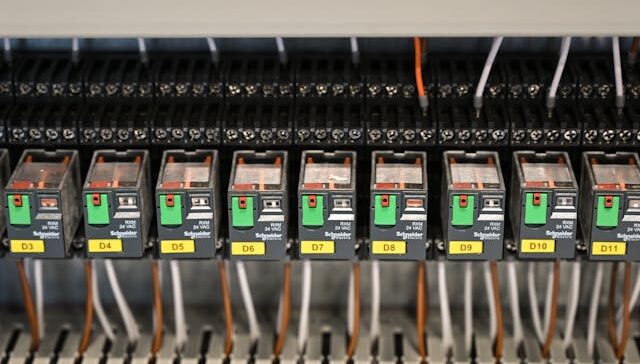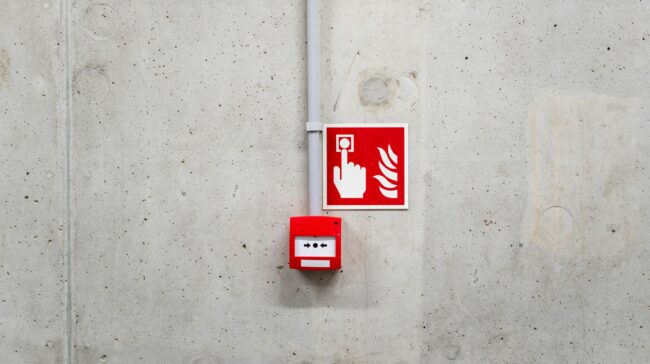
Introduction
Catenary wires are more than just components of railway infrastructure; they are lifelines of urban and intercity connectivity. This blog explores real-world applications and innovations in the catenary wire industry, showcasing how these critical components are revolutionising transportation systems across the globe.
Case Study 1: Urban Rail Expansion in Melbourne
Melbourne, known for its extensive tram network, recently undertook an ambitious expansion project. The challenge was integrating new catenary systems into the heart of a bustling city. Innovative compact designs and low-emission materials were used to minimise the environmental impact. The new system significantly improved the efficiency of public transport while adhering to strict environmental standards, making Melbourne a model for urban transportation.
Case Study 2: High-Speed Rail Network in China
China’s high-speed rail is a marvel of modern engineering, partially due to its advanced catenary systems. These wires are designed to withstand the rigours of high-speed travel, combating issues like aerodynamic drag and temperature fluctuations. The introduction of temperature-resistant alloys and streamlined designs has resulted in a safer, faster, and more reliable network, reducing travel times across the country and setting a new standard in high-speed rail travel.
Case Study 3: Electrification of a Freight Rail in the U.S.
In a landmark project, a major U.S. freight rail line was electrified using state-of-the-art catenary systems. This shift aims to enhance efficiency and reduce freight transport’s carbon footprint. The project faced challenges like accommodating heavy loads and long-distance travel. The solution was a robust catenary design capable of sustaining these demands, leading to significant operational cost savings and a marked reduction in environmental impact.
Case Study 4: Renewable Energy Integration in Europe
Europe’s push towards sustainable energy led to an innovative integration of renewable energy sources with catenary wire systems. This project aimed to power electric trains using solar and wind energy. The major challenge was the seamless integration of fluctuating renewable energy sources into a stable power supply for trains. This project successfully demonstrated a sustainable, eco-friendly public transportation model through advanced energy storage and transfer technologies.
Conclusion
These case studies from around the world illustrate the versatile and pivotal role of catenary wires in modern transportation infrastructure. From urban expansions to high-speed networks and from freight efficiency to renewable integrations, the adaptability and innovation within the catenary wire industry are apparent. As we look to a future of sustainable and efficient transportation, the ongoing evolution of catenary wire technology will undoubtedly play a central role.




